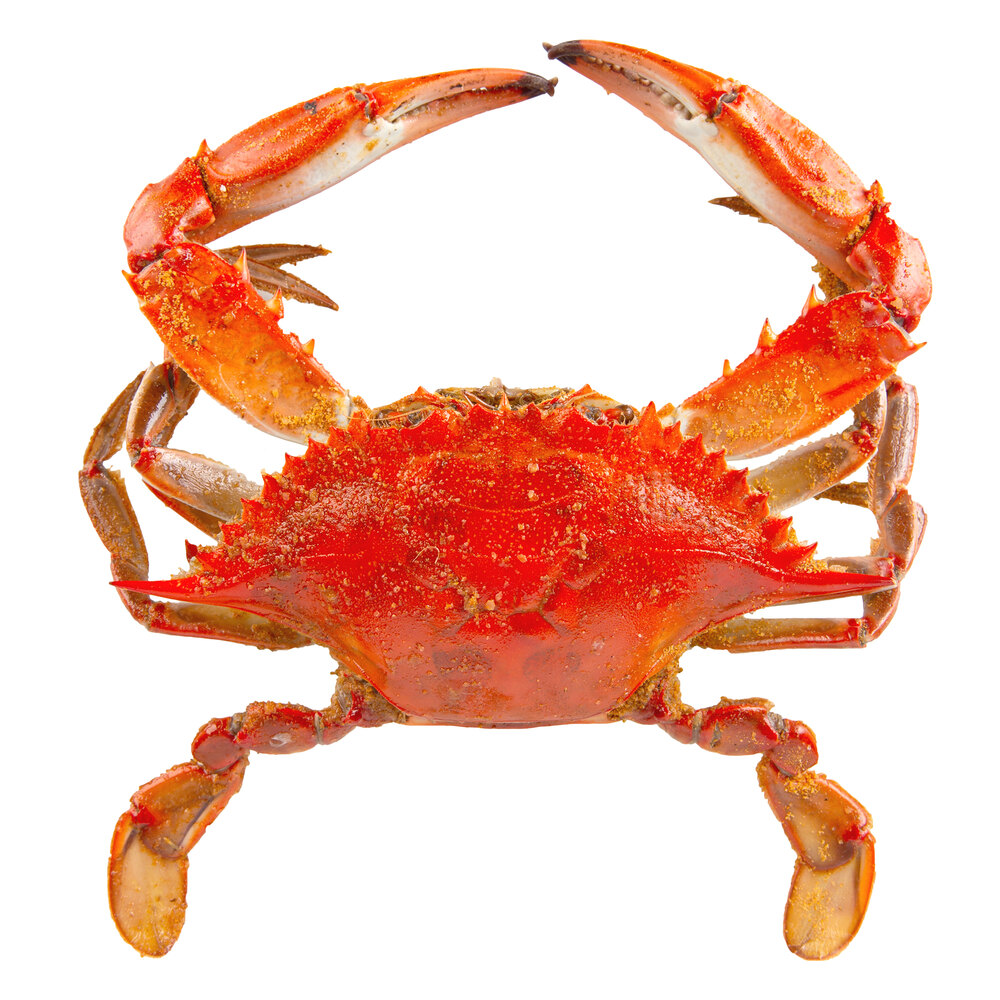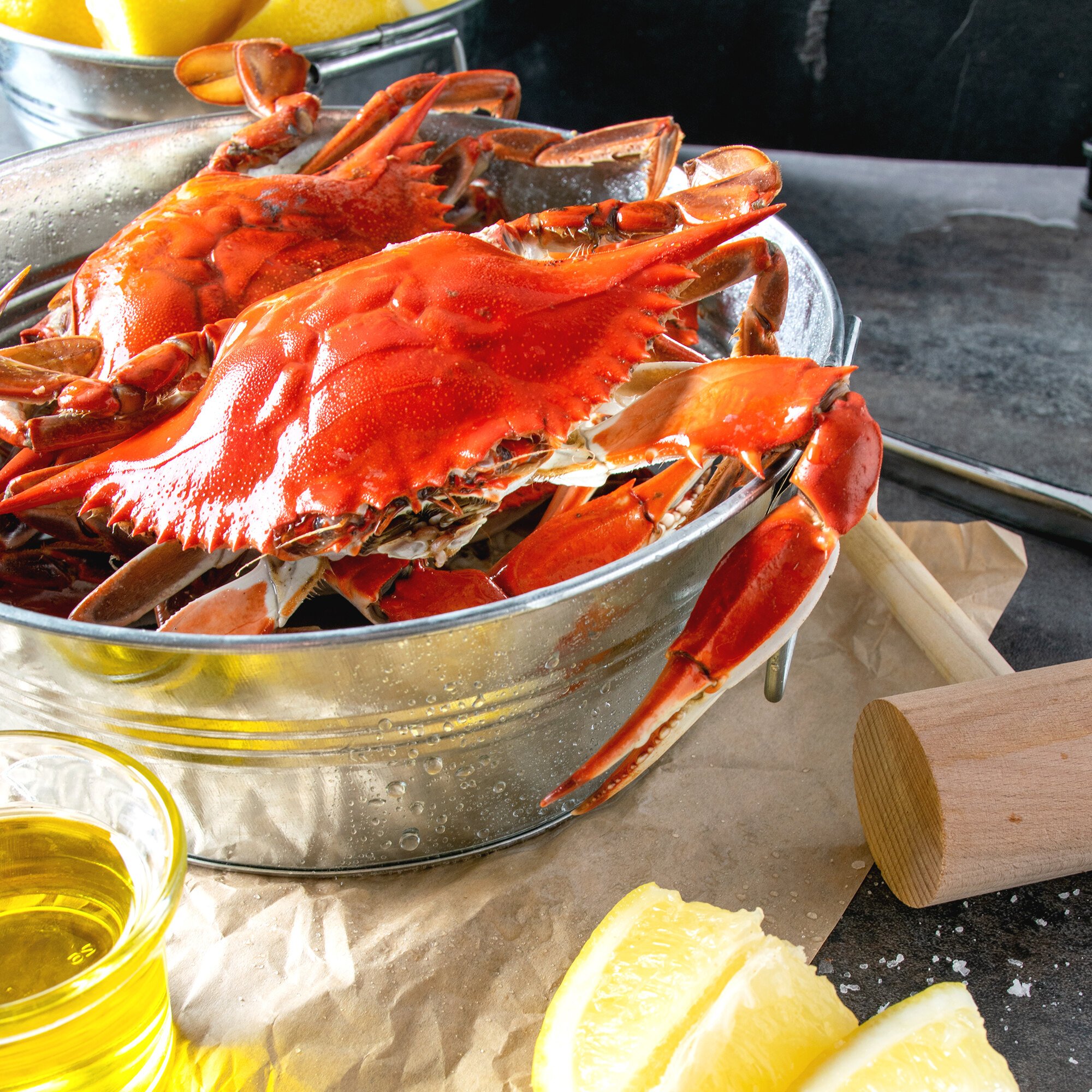

Over the past 60 years, blue crabs have dominated Chesapeake Bay fisheries, with an estimated one-third of the nation’s blue crab catch coming from the Bay. Scientists are concerned that a decline in the Chesapeake Bay blue crab population could negatively affect salt marsh habitat, as periwinkle populations feed on marsh grasses.īlue crabs also support a large recreational fishery in the Bay, and are the estuary's most valuable commercial fishery. They eat bivalves (i.e., clams, mussels, oysters), smaller crustaceans, freshly dead fish, plant and animal detritus and almost anything else they can find.īlue crabs feed on marsh periwinkles (snails), helping regulate periwinkle populations. Soft-shell crabs that have just molted are particularly vulnerable to predators.īlue crabs are among the top consumers of bottom-dwelling organisms, or benthos. Striped bass, red drum, catfish and some sharks depend on blue crabs as part of their diet. Juvenile and adult blue crabs serve as food for fish, birds and even other blue crabs. Water quality improvements, seagrass restoration and proper fishery management will help maintain this valuable resource.Īs both predator and prey, blue crabs are a keystone species in the Chesapeake Bay food web.īlue crab larvae are part of the Bay’s planktonic community, serving as food for menhaden, oysters and other filter feeders.
MD BLUE CRAB DRIVERS
However, the blue crab population has fluctuated over time in response to fishing pressure and environmental drivers including pollution and habitat loss. The Bay’s signature crustacean is one of the most recognizable critters in the watershed, supporting valuable commercial and recreational fisheries. With this dish being so central to our region’s culinary consciousness, Angelina’s crab cakes truly represent the “best of the best.” We’re proud of our long history, work hard to honor it and aim to deliver a small portion with each package we ship out.There is nothing more “Chesapeake” than the blue crab. Maryland and blue crabs are almost synonymous.

Today we continue to make our crab cakes exactly as they had been at Angelina’s restaurant for decades - using jumbo lump crab meat exclusively from the Atlantic blue crab, subtly seasoned, arranged in mountainous proportions and shipped fresh to your doorstep. Consistency in quality and service turned out to be the true recipe for success, and this legacy remains important to us today.Īlthough the Baltimore dining room closed for good in 2008, our current facility on the eastern shore of the Chesapeake Bay means even greater proximity to the authentic local sources that set us apart. Over the course of 50+ years on Harford Road, most of the people who had played a part in the restaurant would stay connected to it – even as roles were shuffled and changed. Proprietors Bob and Carole Reilly created the recipe for the now-famous crab cakes in the 1960’s, and the Bufano’s were the first to bring them to a nationwide audience. Original owner Angelina “Miss Angie” Tadduni remained personally involved until aged 84, even as times and ownership changed. Angelina’s began shipping direct to customers nationwide in 1993, and became a pioneer of mail-order gourmet in the early days of e-commerce. Visitors to Baltimore increasingly sought out this small spot with the big reputation, and also inquired about taking some cakes to impress the folks back home. Almost any local discussion of crab cakes invoked Angelina’s name.
MD BLUE CRAB TV
Their signature creation would be featured by newspapers and magazines, on TV and in tourist guides. Over the years the popular site would evolve into a restaurant, and then eventually a landmark destination with a legendary dish and a long list of awards.

Our story dates back to a small Italian grocery that started in a row home in Parkville in 1952. Angelina’s crab cakes have been renowned in Baltimore for decades.


 0 kommentar(er)
0 kommentar(er)
